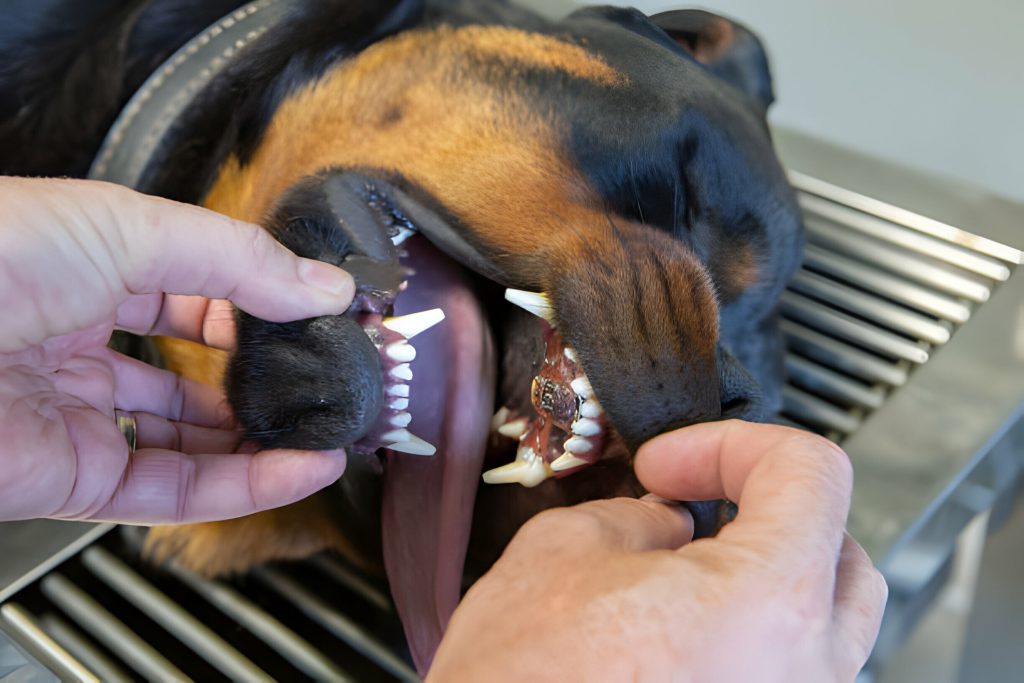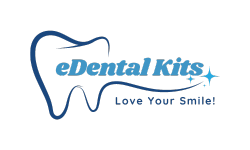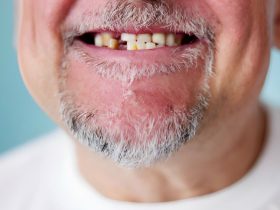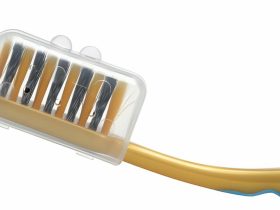
Dog Braces: A Comprehensive Guide to Canine Orthodontics
Introduction
In recent decades, the field of veterinary dentistry has experienced a profound transformation, embracing orthodontic techniques as a means to tackle a myriad of dental concerns prevalent in dogs. While the notion of braces for canines may initially strike some as unconventional, it serves a pivotal role that extends far beyond mere cosmetic enhancement. In this article, we embark on a journey through the realm of dog braces, delving into their diverse applications and highlighting the indispensable insights that every conscientious pet owner should possess. From addressing malocclusions and misalignments to alleviating discomfort associated with dental issues, dog braces play a crucial role in safeguarding the oral health and overall well-being of our beloved furry companions. By shedding light on the significance and practical considerations surrounding canine orthodontics, we aim to empower pet owners with the knowledge necessary to make informed decisions regarding their pet’s dental care regimen. Join us as we unravel the intricacies of this evolving field and uncover the profound impact of dog braces on canine dental health.
Understanding the Purpose

The application of braces for dogs serves a fundamental purpose in veterinary dentistry, distinctly different from the aesthetic goals of human orthodontics. Veterinary dentists, like Dr. Donnell Hansen, emphasize that the primary objective is not cosmetic enhancement but the promotion of a healthier and more comfortable bite in canines. The utilization of orthodontic appliances, borrowed from human practices, addresses various dental issues prevalent in dogs. Unlike the fashioning of braces for humans,
The decision to apply them to dogs is a meticulous process. It involves ensuring the pet’s health is robust enough for anesthesia and that the animal can tolerate the necessary examinations and treatments. In essence, the purpose of dog braces is to alleviate pain and discomfort caused by misalignments, fostering optimal oral health and functionality, and reflecting a commitment to the overall well-being of our canine companions.
Health Issues Addressed by Dog Braces
Dog braces play a vital role in addressing diverse health issues that can impact our canine companions. One prevalent concern is introversion, where the teeth are pushed towards the tongue, potentially causing discomfort and, in severe cases, chronic sinus infections. Overbites, lance teeth, and complications arising from improperly falling baby teeth are also common dental issues that can be effectively managed with braces for dogs. Veterinary dentists, such as Dr. Dan Carmichael, emphasize the importance of evaluating whether misalignments are causing problems before recommending braces. By focusing on achieving a healthy and functional mouth, veterinarians ensure that dogs not only have a visually appealing smile but also experience enhanced overall well-being. Pet owners should remain vigilant for signs of dental issues in their furry friends and consult with veterinary professionals to explore the potential benefits of dog braces in addressing these health concerns.
Diagnosing the Need for Dog Braces

Diagnosing the need for dog braces is a proactive step in ensuring the overall dental health and well-being of our canine companions. Typically undertaken when the dog is around four to six months old, the diagnosis involves identifying signs of discomfort or head shyness that may indicate dental misalignments. Veterinary dentists assess the condition of the mouth as permanent teeth emerge, determining whether issues like introversion, overbites, or lance teeth are present. Dr. Dan Carmichael highlights the significance of early detection, as it allows for a range of treatment options, from less invasive approaches like “rubber ball therapy” to more complex procedures such as tooth extraction. Pet owners play a crucial role in this process, observing their dogs for any signs of oral discomfort and collaborating with veterinary professionals to address potential dental concerns through timely and effective interventions, including the consideration of dog braces.
Types of Dog Braces
Exploring the various types of dog braces unveils a spectrum of options designed to cater to different canine dental needs. Dog braces come in diverse shapes and sizes, with innovative solutions like PetAlign, akin to Invisalign for humans. This variety allows veterinarians to tailor treatment plans, ensuring optimal results for each furry patient. PetAlign, for instance, enables the creation of custom aligners, offering a unique approach to orthodontic care without the need for additional rounds of anesthesia. The flexibility in types of braces accommodates the specific conditions a dog may have, ranging from introversion to overbites. Whether it’s traditional braces or modern alternatives, the goal remains consistent: achieving a healthier and more functional bite for our four-legged friends. Pet owners can collaborate with veterinary professionals to explore the most suitable type of dog braces that align with their pet’s unique dental requirements, promoting overall canine well-being.
Caring for a Dog with Braces

Caring for a dog with braces involves a commitment to their oral health throughout the orthodontic treatment process. Owners play a crucial role in ensuring the success of the treatment by diligently brushing around the braces, flushing the mouth with oral antiseptic, and adhering to any dietary adjustments, such as incorporating soft foods. It’s essential to prioritize the comfort of the canine patient by refraining from giving chew toys or bones during this period. Unlike humans, dogs do not require retainers post-treatment, as their natural bite serves as a built-in retainer. While the process may involve some cost and time considerations, the benefits to the dog’s health and well-being are significant. Regular collaboration with veterinary professionals and adherence to recommended care practices contribute to a smooth and successful orthodontic journey for the furry family member.
Cost Considerations
Understanding the cost considerations associated with dog braces is essential for pet owners considering orthodontic treatment for their canine companions. The expense can vary based on the severity of dental issues and the number of anesthesia sessions required, ranging from $1,500 to $4,000. While this may seem substantial, the long-term health benefits often outweigh the financial investment. Owners must factor in additional costs, such as weekly or biweekly visits throughout the treatment process. Despite the financial commitment, the improved quality of life for the dog, with a healthier and more functional bite, is invaluable. Seeking guidance from veterinary professionals and discussing financing options can help pet owners make informed decisions that align with both their budget and their commitment to the well-being of their furry friends.
Conclusion
In the world of veterinary dentistry, dog braces emerge as a transformative solution, addressing a myriad of dental issues for our furry companions. Beyond aesthetics, the focus is on fostering a healthier and more comfortable bite, ensuring optimal oral health. From early diagnosis to a variety of braces tailored to specific needs, the journey involves a commitment to care. While there are cost considerations, the enduring benefits to a dog’s quality of life make it a worthwhile investment. Collaborating with veterinary professionals, pet owners embark on a path that not only enhances smiles but elevates the overall well-being of their beloved dogs
Frequently Asked Questions
Dogs may require braces to address dental issues such as introversion, overbites, or crowded teeth, aiming for a healthier and more functional bite rather than cosmetic perfection.
Early diagnosis is key, typically around four to six months old when permanent teeth emerge. Signs of discomfort or head shyness may indicate a need for orthodontic intervention.
Various options, including traditional braces and innovative solutions like PetAlign, cater to different dental needs. PetAlign, similar to Invisalign for humans, offers a customized approach to orthodontic care.
Owners play a vital role by brushing around the braces, using oral antiseptic, and adhering to dietary recommendations while avoiding chew toys during treatment.
Cost varies based on the severity of dental issues, ranging from $1,500 to $4,000, with additional considerations for weekly or biweekly veterinary visits throughout the treatment process.











Leave a Reply